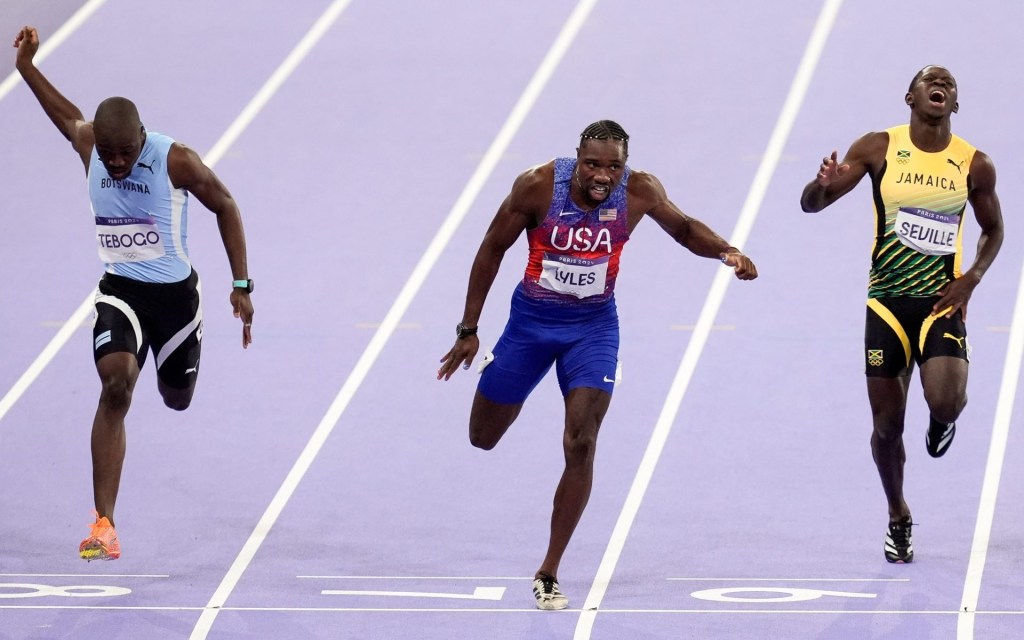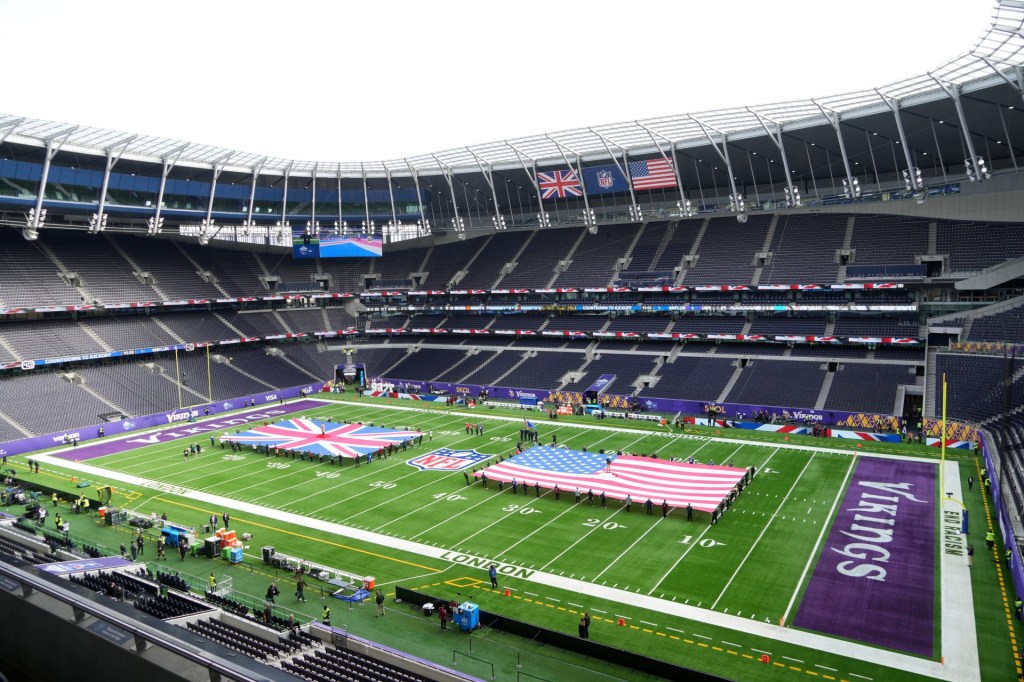The Tokyo Olympics will be a pivot point for U.S. men’s gymnastics — one that could lead to stumbles in future years.
The U.S. team has relied on the NCAA system for talent, but that pipeline is shrinking due to cuts by NCAA programs looking to save costs in a challenging financial year. The University of Iowa and University of Minnesota both recently shed their gymnastics programs, leaving five men’s programs among the Big Ten schools and 11 at the Division I level.
Only a handful of scholarships for men’s gymnastics are available in Division I schools, and the total number of boys and men enrolled in USA Gymnastics, the sport’s U.S. governing body, has shrunk from 13,000 in 2007 to 11,000. The reduction could portend future struggles: 26 of the 36 men’s gymnastics Olympians since 2000 came from NCAA programs. The team has not medaled since winning the bronze in 2008.
If the men’s Olympics team is looking for a big moment in Tokyo to give the sport a jolt, it will have to do so under unusual circumstances. The pandemic left many gymnasts on their own when it came to training, which made regular assessments by team leadership more difficult.
The biggest long-term problem may be the general popularity of the sport. While female gymnasts have enjoyed fame and endorsements — Simone Biles, for example, has deals with Nike, Beats By Dre, United Airlines, and many more — men have struggled to capture the American audience in recent years.
The team hopes to use Tokyo to vault to greater popularity, but it’s far from certain they’ll stick the landing.

















